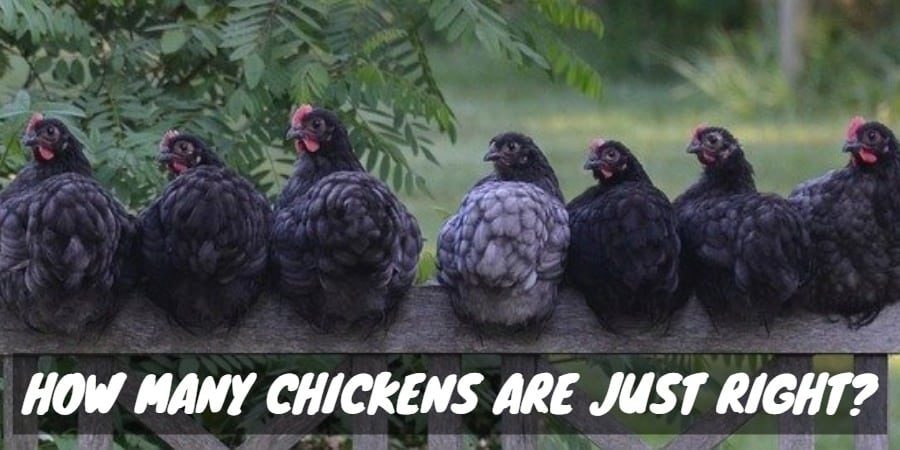Slaughter is an inevitable part of a broiler (meat) chicken’s life. We associate the word “slaughter” with brutality and suffering, but thankfully, chicken slaughter has come a long way from the barbaric methods of the past.
Today, many chicken farms use the most humane slaughter methods possible. The process is designed to be as comfortable and painless as possible for the chickens, and as efficient as possible for the workers in the slaughterhouse.
Here’s a look at what chicken slaughter and processing look like, from the farm to the freezer.
Chicken Slaughter and Processing Step-By-Step

1. Raising the Chickens
Happy chickens make for higher-quality meat, so chicken farmers make sure to provide their chickens with everything they need.
Broiler chickens are usually raised in grow-out houses — large, climate-controlled buildings where they can roam freely and have continuous access to food and water. Their feed is customized according to their age in order to provide them with optimal nutrition.
While in the grow-out house, the chickens receive daily checkups to ensure that they’re healthy and uninjured.
2. Capture and Transportation
Broiler chickens typically take around seven weeks to reach “market weight” — the weight at which they’re deemed ready for slaughter. At this point, they’re removed from the grow-out house and transported to the slaughterhouse.
Farmworkers typically catch each chicken by hand. This ensures that the chickens are handled humanely and also gives the workers a chance to inspect each chicken for illness and injury.
The chickens are placed in holding cages that allow for air circulation while keeping them safely contained. These holding cages are then loaded onto a truck for transportation.
To minimize the time the chickens spend in cages, the trip usually lasts no longer than 45 minutes. Most farms are located within 60 miles or so of the slaughterhouse, so the journey is brief.
3. Arrival and Stunning

When the chickens arrive at the slaughterhouse, workers remove them from the holding cages and suspend them by their feet from a moving line.
Though this is initially uncomfortable for the chickens, within a second or two they are calmed by a bar that rubs softly against their chests. The moving line is typically kept in low light to further calm the chickens.
Then the chickens are stunned, usually by electrical means. Fittingly, this method is called “electrical stunning” and involves administering an electrical shock that instantaneously renders the chickens unconscious.
Most slaughterhouses in the US use electrical stunning. However, a few uses controlled atmosphere stunning, or CAS.
With CAS, the chickens do not leave their holding cages before being stunned. While in their cages, the chickens are rendered unconscious with carbon dioxide or reduced atmospheric pressure.
Although CAS requires less handling of the chickens, some chickens exhibit signs of distress in response to the carbon dioxide or pressure changes. Because of this, electrical stunning is usually considered the more humane method.
4. Slaughter
While unconscious and unaware of the pain, the chickens move to the slaughter area. There, workers kill each chicken with a quick, clean slash of the throat.
Deaths by this method are instantaneous and the chickens do not feel any pain. Because the slaughter is performed by humans, not machines, workers are able to ensure that every chicken is killed as quickly as possible.
5. Cleaning and Evisceration
After the chickens are slaughtered, they move to the next area of the plant, which is largely automated. Here, they are stripped of their feathers, feet and internal organs.
The chicken carcasses are first placed in a hot water bath to loosen the feathers. A “picker” machine then removes the feathers using hundreds of tiny fingers that rotate, pulling feathers as they move.
After the feathers are removed, other machines remove the internal organs and feet from the carcasses. These byproducts are used in animal feed and as specialty foods in certain markets.
The carcasses are then thoroughly washed and inspected by USDA officials. These officials examine each and every chicken for quality and safety issues.
6. Chilling and Testing

Once the carcasses pass inspection, they’re sent to a cold room where the low temperatures kill foodborne pathogens. After being chilled, the chickens are tested for salmonella, listeria and other dangerous bacteria.
7. Processing and Shipment
From here, the chicken carcasses may be packaged and shipped whole, sent to other facilities for processing into products like chicken nuggets, or processed in-house.
Processing involves separating the chicken into parts (breast, wing, thigh, etc.), deboning and skin removal. The exact procedures depend on the end product that’s being produced.
After processing is complete, the chicken is packaged and inspected one more time by USDA officials. Then it’s shipped to restaurants and grocery stores to be turned into tasty, nutritious meals.




